Share
Explore


Contents
Part 1: Background
Part 2: Practice-based Reflection
Part 3: Theory-based Reflection
Part 4: Platform Innovation in Context
Epilogue: Theory as Platform?
Part 1: Background
1.1 Platform Innovation as an Intermediate Concept

1.2 The development of a new framework
1.3 A simple diagram
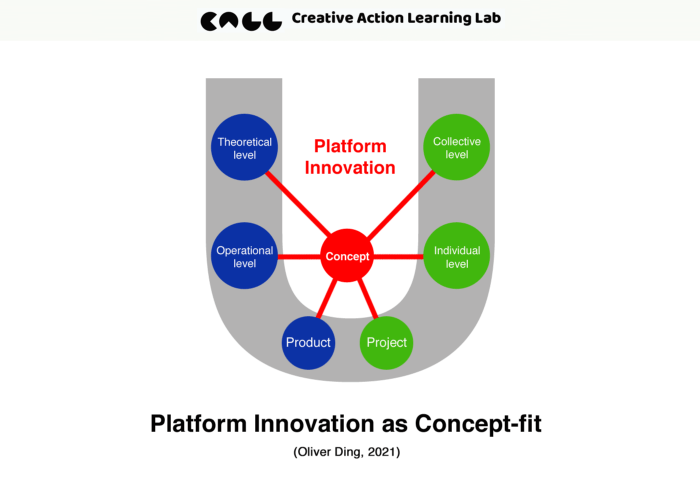
Part 2: Practice-based Reflection
2.1 The Rise of the Passion Economy
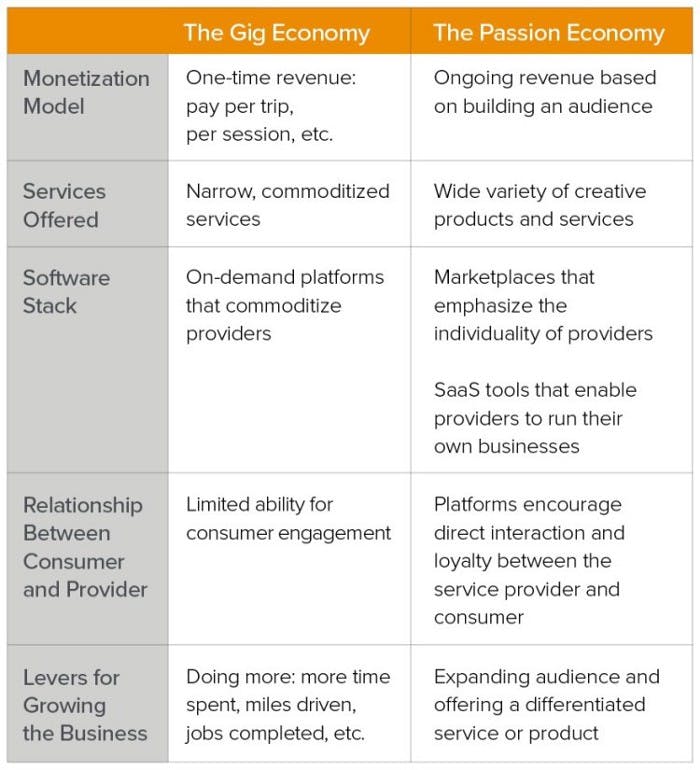
, “I immediately felt a deep connection to the zeitgeist Li was describing.” Some authors also follow Li Jin and coined “Passion Economy” related new terms such as “” and “”.
,
,
),” “Influencer Economy (
,
,
),” “Knowledge Entrepreneur (
,
,
),” “Social Companies (
),” “Microentrepreneurs (
,
,
)”. An interesting thing is that Li Jin used “Creator Economy” for her 2020 article . Why didn’t she use “Passion Economy” for the title of this article? What’s the difference between “Creator Economy” and “Passion Economy”? It seems these terms are interchangeable.2.2 Two types of Concepts
,” “,” “,” “,” and “”. The value of Technological Concepts is for scientific discovery, academic research, and their industrial applications. It helps scientists, theorists, researchers, engineers, teachers, and designers on producing new knowledge and transform abstract knowledge into concrete practice.
,” “
,” “,” “,” “
,” etc. In order to keep a simple starting point, let’s remain this rough distinction.
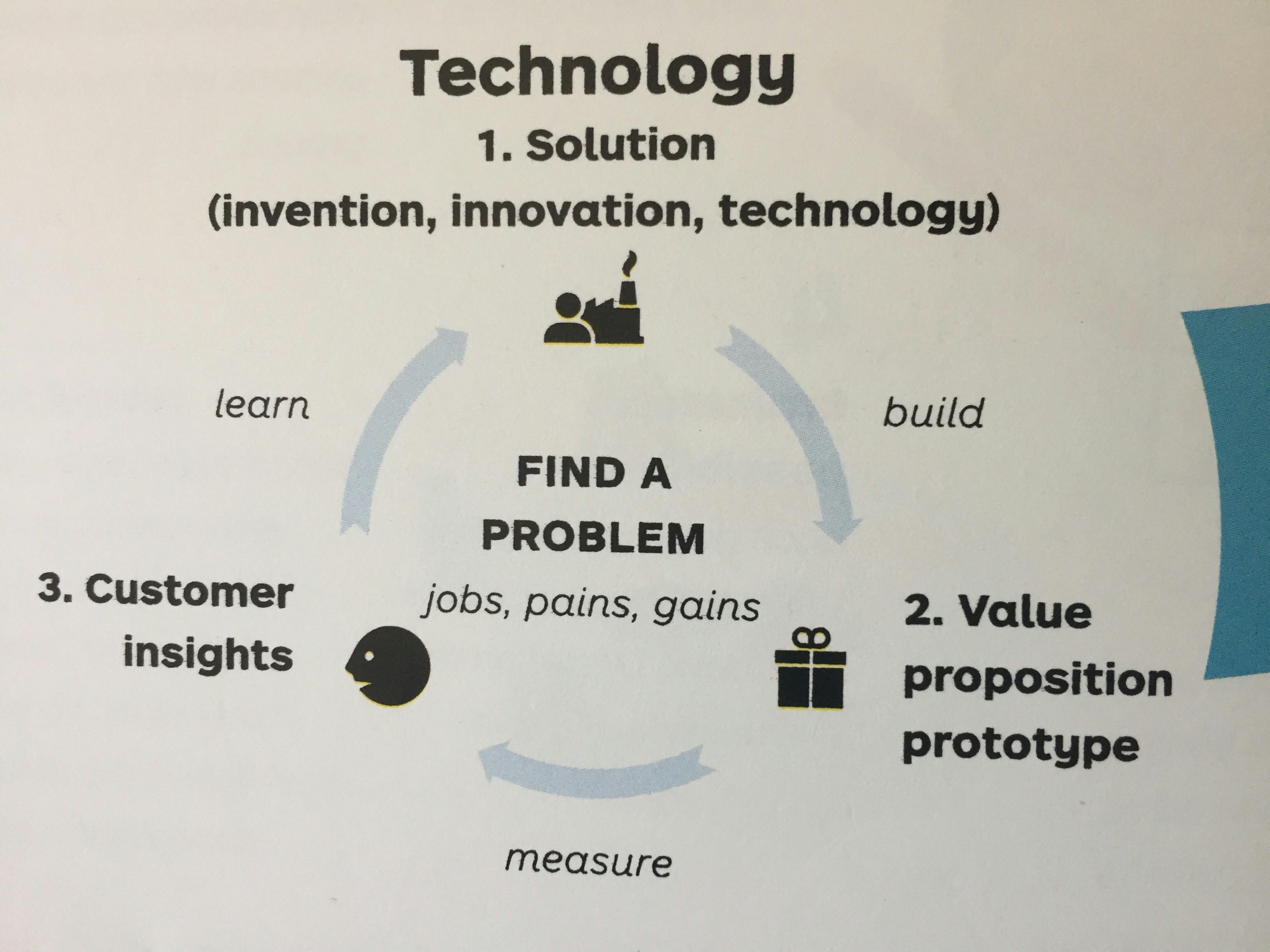
” which stands for Search Engine Optimization. According to Wikipedia, “Search engine optimization (SEO) is the process of improving the quality and quantity of website traffic to a website or a web page from search engines.” As a concrete practice of Internet Marketing, SEO experts pay attention to how search engines work and try to “game” the system in order to receive visitors from Google or other search engines. Without search engines, there is no need to adopt the concept of SEO. In other words, SEO is a platform-based social practice while the search engine is a technological platform innovation.2.3 Innovation as Formation of Concept
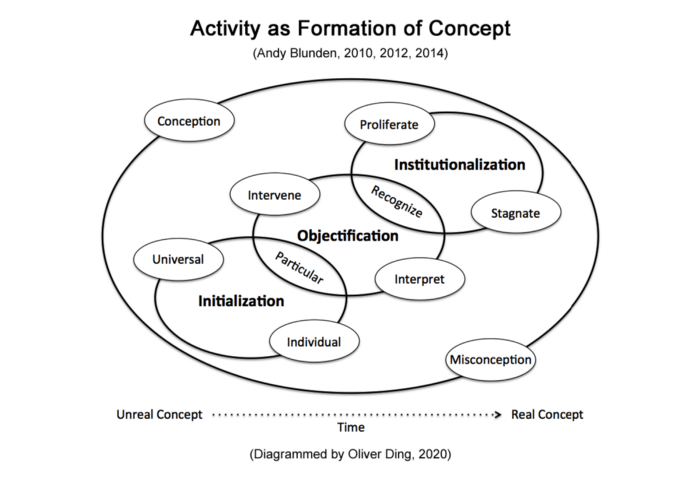
2.4 The Technology — Culture Fit
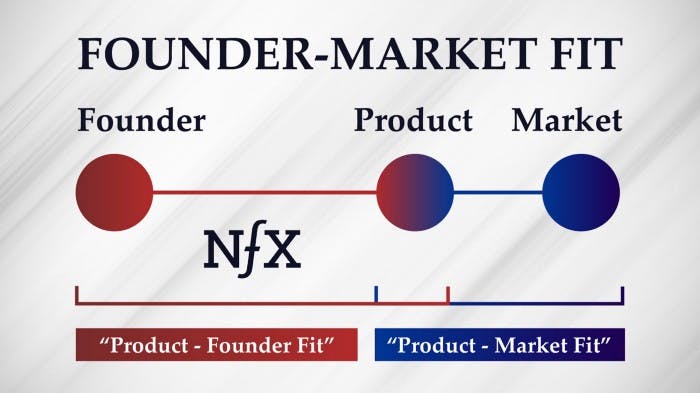
2.5 The Concept-fit Model
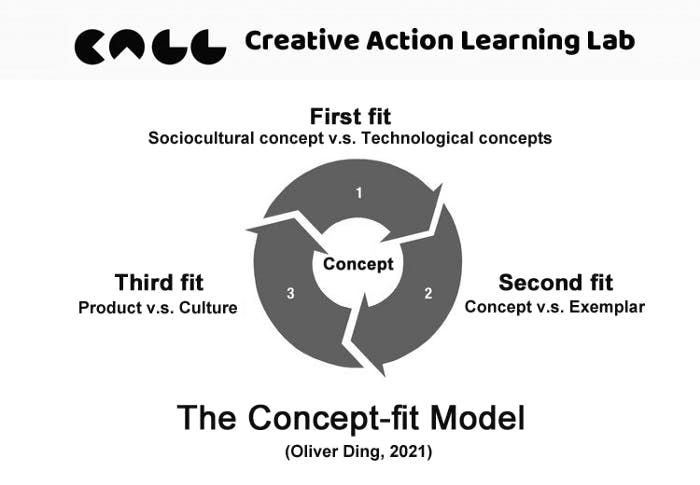
2.6 Out of the Box
Part 3 Theory-based Reflection
3.1 Redesign the diagram


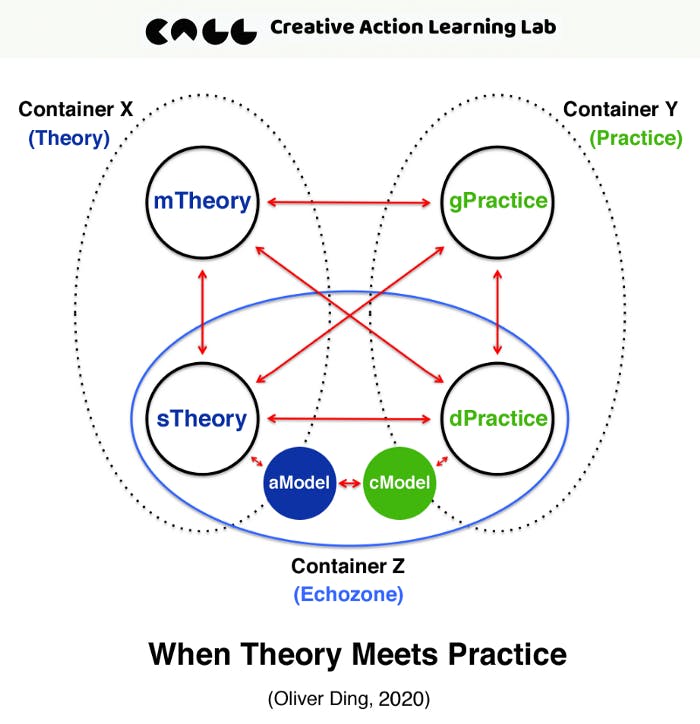

3.2 Three Forms of Concepts

3.3 Two Fields of Evolution

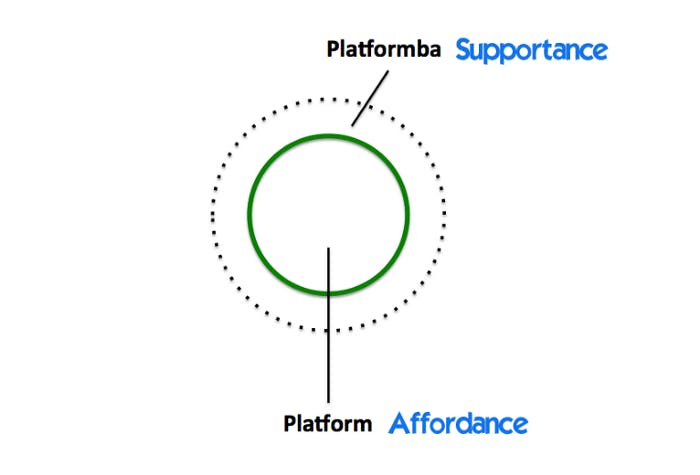

3.4 Three Types of Concept-fits
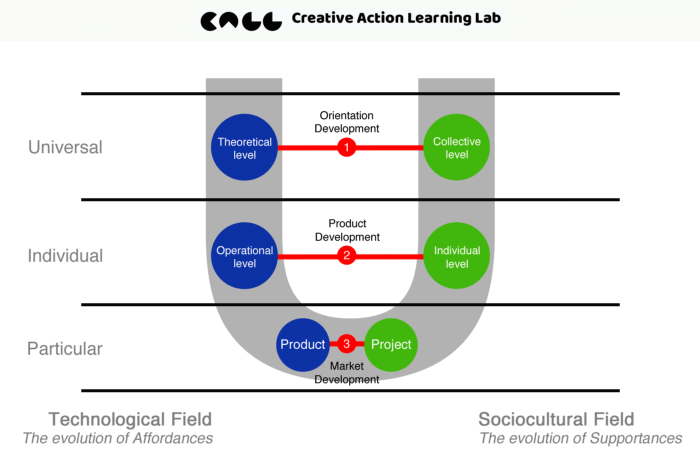
3.5 Three movements of Transformation

3.6 Technological Objectification
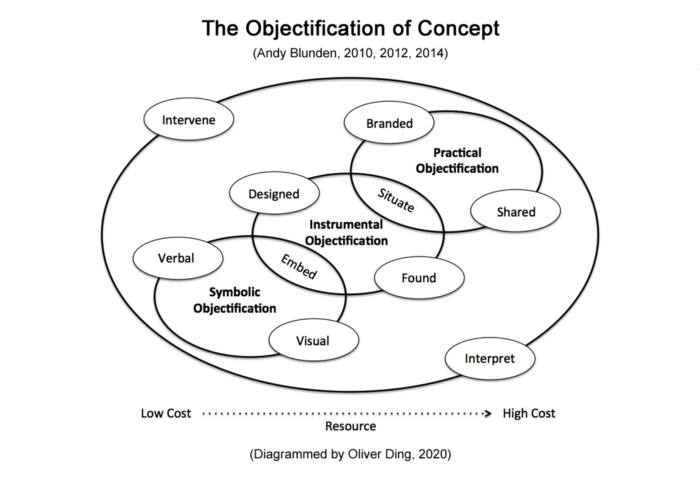
3.7 Cultural Typification
), “There is now an extensive literature on genre as typification in rhetoric and writing studies, including Charles Bazerman, Shaping Written Knowledge (1988); Berkenkotter and Huckin, Genre Knowledge (1995); Freedman and Medway, eds. Genre and the New Rhetoric (1994).”3.8 Niche Construction

Part 4: Platform Innovation in Context

4.1 Social Representation (Serge Moscovici, 1961)
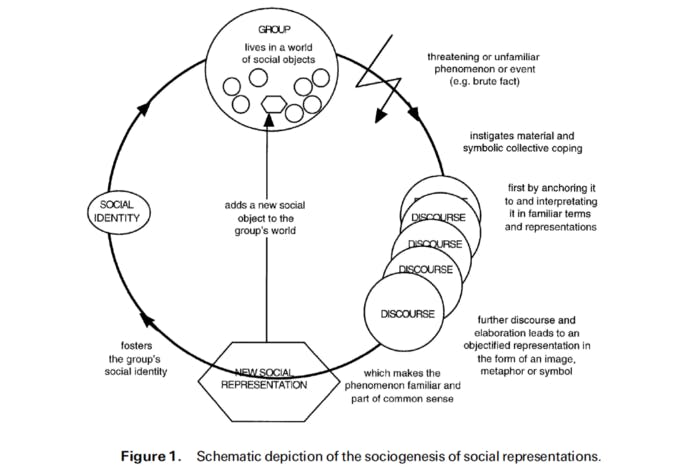
4.2 SCOT — Social Construction of Technology (Pinch & Bijker, 1984)
4.3 Narrative Economics (Robert J. Shiller, 2019)
4.4 Themes of Practice (Oliver Ding, 2019)

,
).4.5 Concept Dynamics (Oliver Ding, 2020)

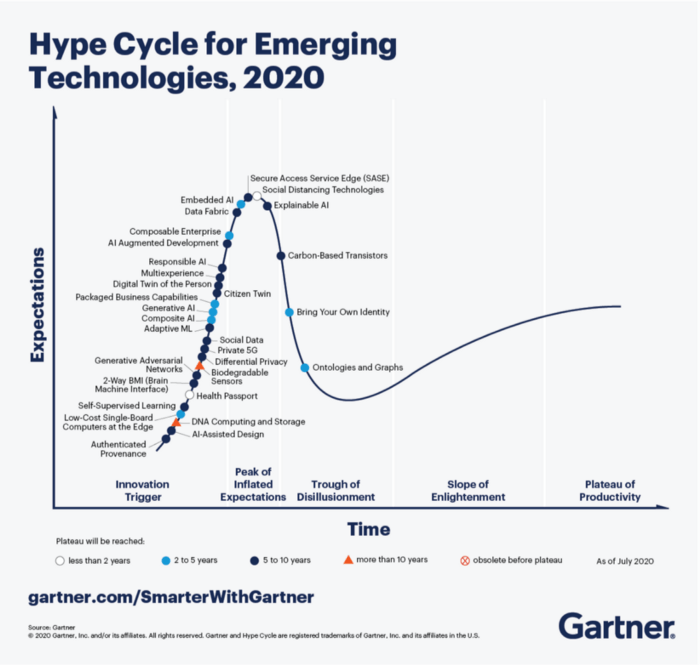

4.6 Creative Realism (Ronald A. Finke)
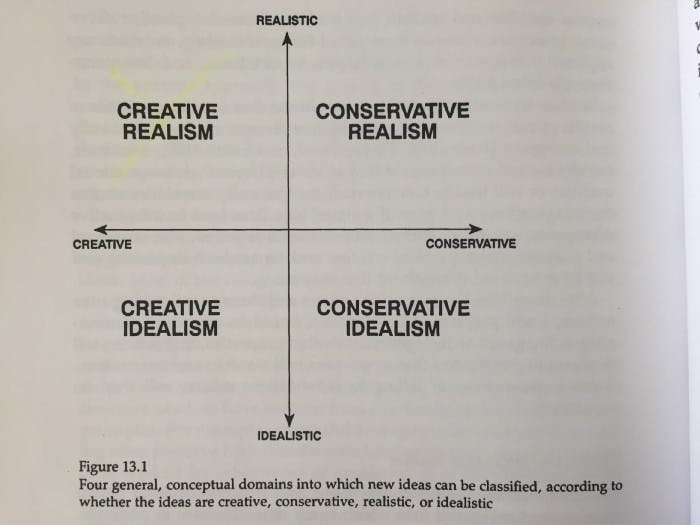
Epilogue: Theory as Platform?
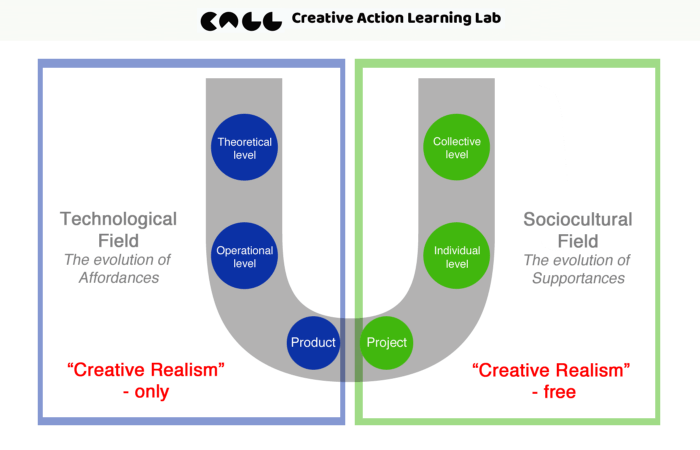
License
Want to print your doc?
This is not the way.
This is not the way.

Try clicking the ⋯ next to your doc name or using a keyboard shortcut (
CtrlP
) instead.